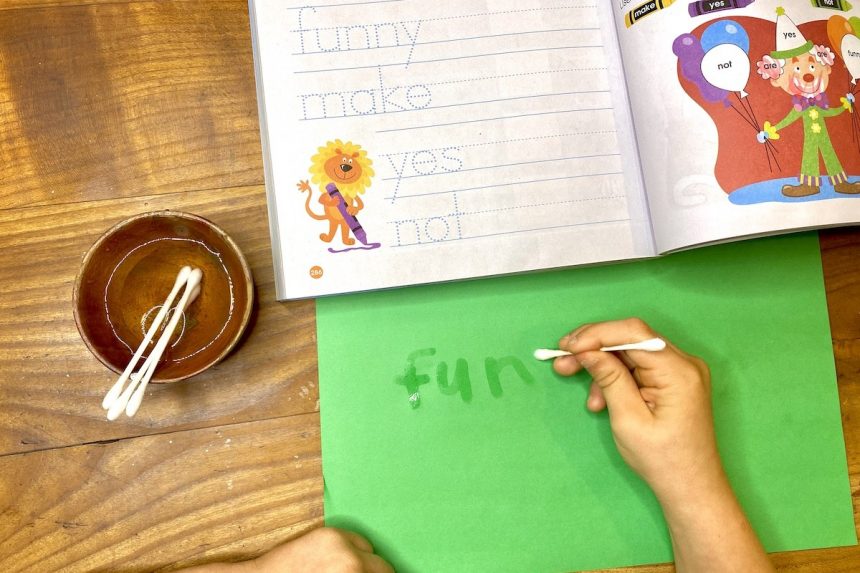Remember that fun song we sang as kids? “Dry Bones” or “Dem Bones” where we sang the leg bone is connected to the hip bone? The body is all connected! This is nothing new. I am reminding us of this as it pertains to how we learn.
Do you want your children to
-
Read faster?
-
Comprehend and retain more?
-
Grow their creativity and brain activity?
One of the best ways to do this is to encourage handwriting over keyboarding in the younger years.
What is handwriting? It is the ancient art of sharing and communicating through our hand-written symbols. Ancient cave paintings? Handwriting. Sumerian cuneiform, Egyptian hieroglyphics, your toddler’s circular scribbles? Handwriting.
Handwriting is the language of the hand. It creates universal symbols that translate the auditory words we hear. Through practicing the letters and words in handwriting, we are learning the global form of size, shape, and slant of each letter. Our hand works in tandem with our brain internalizing the individual characteristics of each letter. It reinforces spelling, reading and writing.
Research shows a direct hand-brain connection for literacy.
The manual activity of writing a letter’s shape with our hand facilitates a download of the letter image to our brain. We also gain muscle memory forming those letters by our hands. It’s a critical feedback loop that has life-long benefits. Through the multi-sensorial practice of writing by hand, we develop the critical fine motor skills that employ the direct link to short and long-term memory.
Thus, handwriting not fully developed, practiced or learned properly has negative effects on composition, comprehension and literacy.
Dr. Virginia Berninger, a professor at the University of Washington, studied the implications of handwriting versus keyboarding in 2nd, 4th, and 6th graders. Her findings discovered that the children who utilize handwriting wrote more words, faster and expressed more ideas than their keyboarding counterparts.
Other research shows that writing letters versus tracing or typing shows more brain activation. Preliterate 5-year-olds have shape recognition from MRI scans of the ‘reading circuit’ of their brain only after handwriting, not tracing or typing. Why? Because they’ve had to understand, internalize and make the letter their own.
This doesn’t mean we become a slave to worksheets, or toss out typing…it just is a reminder for awareness as we raise our children, that handwriting is an important component of a healthy literacy diet.
Want some fun ideas to incorporate at home, easily? Click here for our free printable. Read more about the practical application of daily handwriting practice here.




